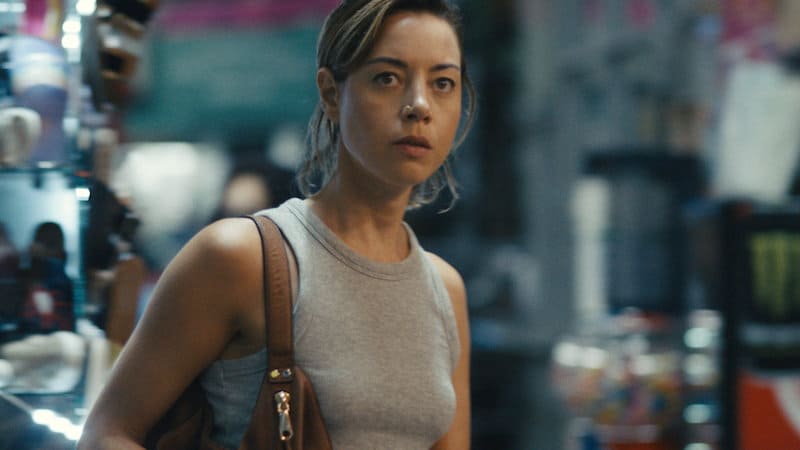Welcome to The Queue — your daily distraction of curated video content sourced from across the web. Today, we’re watching a video essay that explores the style and form of “Emily the Criminal.”
As far as compelling feature film debuts go, 2022’s runaway success story was Emily the Criminal. Written and directed by John Patton Ford, the crime thriller premiered at Sundance, where its tale of a young, debt-riddled ex-felon (Audrey Plaza) attempting to make a decent living left audiences eager to see what Ford will do next.
As many a striking feature film debuts before it, Emily the Criminal does a lot with very little, relatively speaking. With a budget of $1.5 million and a shooting schedule of around 20 days, Ford and company were faced with constraints that, to their credit, forced them to be creative.
The video essay below delves into how Ford and crew used their limitations to their advantage, creating a distinct style and form that served the story. From telephoto lenses and handheld photography that emphasizes the film’s distant, powerless mood to cinematography that puts more precedent on character than pricy spectacle, here’s a look at how Emily the Criminal does a lot with a little.
Watch “Emily The Criminal – Style & Form”
Who made this?
The above video essay on the style and form of Emily the Criminal is by throughline, a.k.a. Jonathan Hiller. Hiller has a storied career history, from a documentary filmmaker to a researcher in a neuroscience lab. But now, they are creating video essays on everything from music to movies. You can follow them on YouTube here.
More videos like this
- For more of throughline‘s work, check out this video essay on how Joaquin Phoenix acts the hell out of the space between words.
- If you watched Annihilation and thought to yourself, “wow, that’s the scariest thing I’ve ever seen,” then you’re in good company! Here’s throughline’s essay on the how and why of the creature’s undeniable terror factor.
- If the hairs on the back of your neck lit up when throughline started discussing the narrative power of lens selection, you may want to check out StudioBinder’s guide to, you guessed it, camera lenses.

